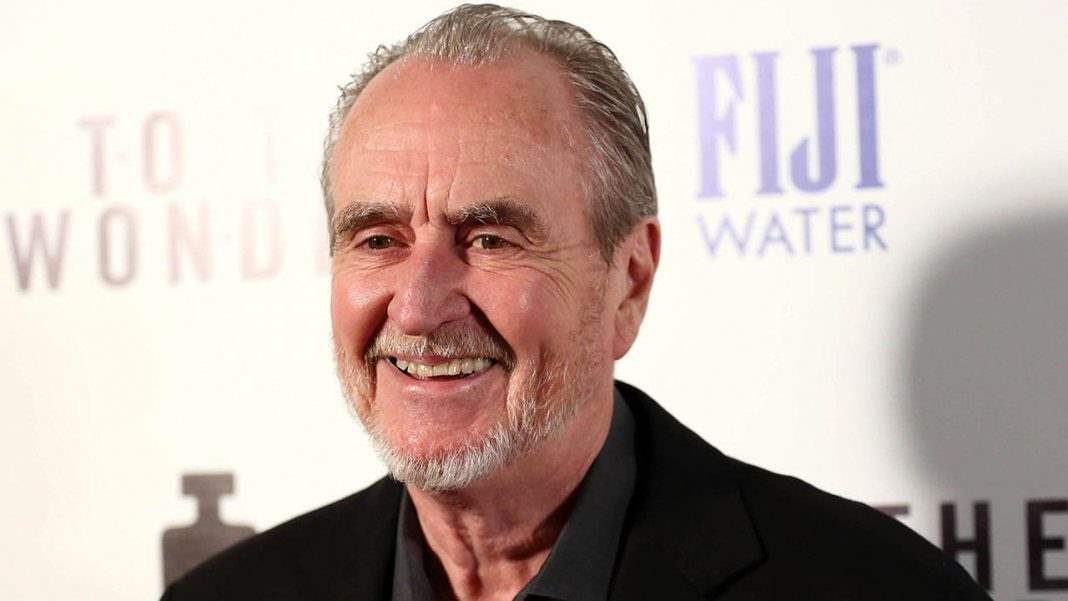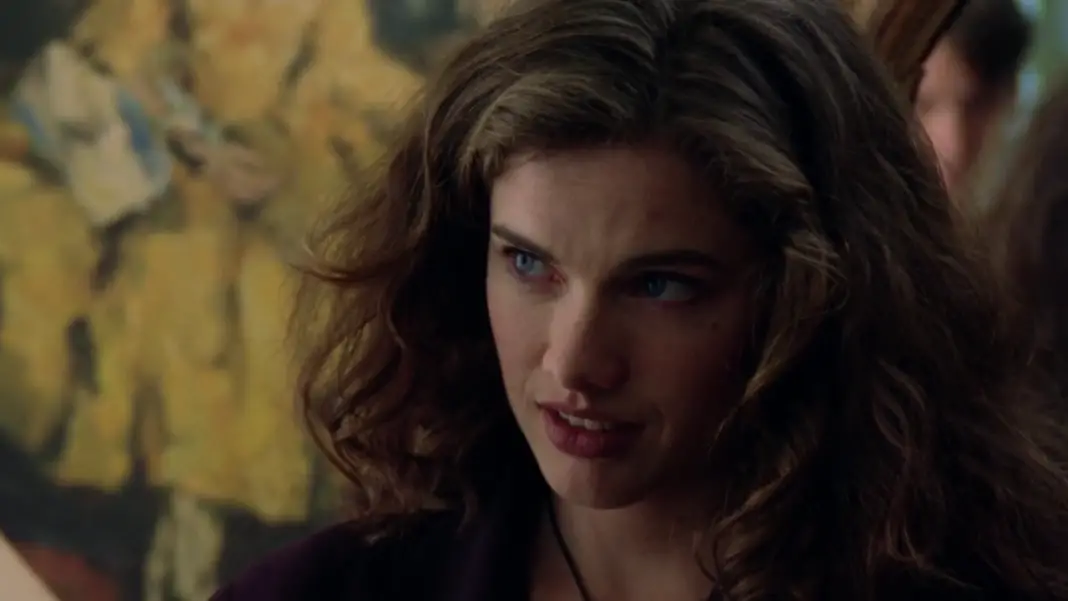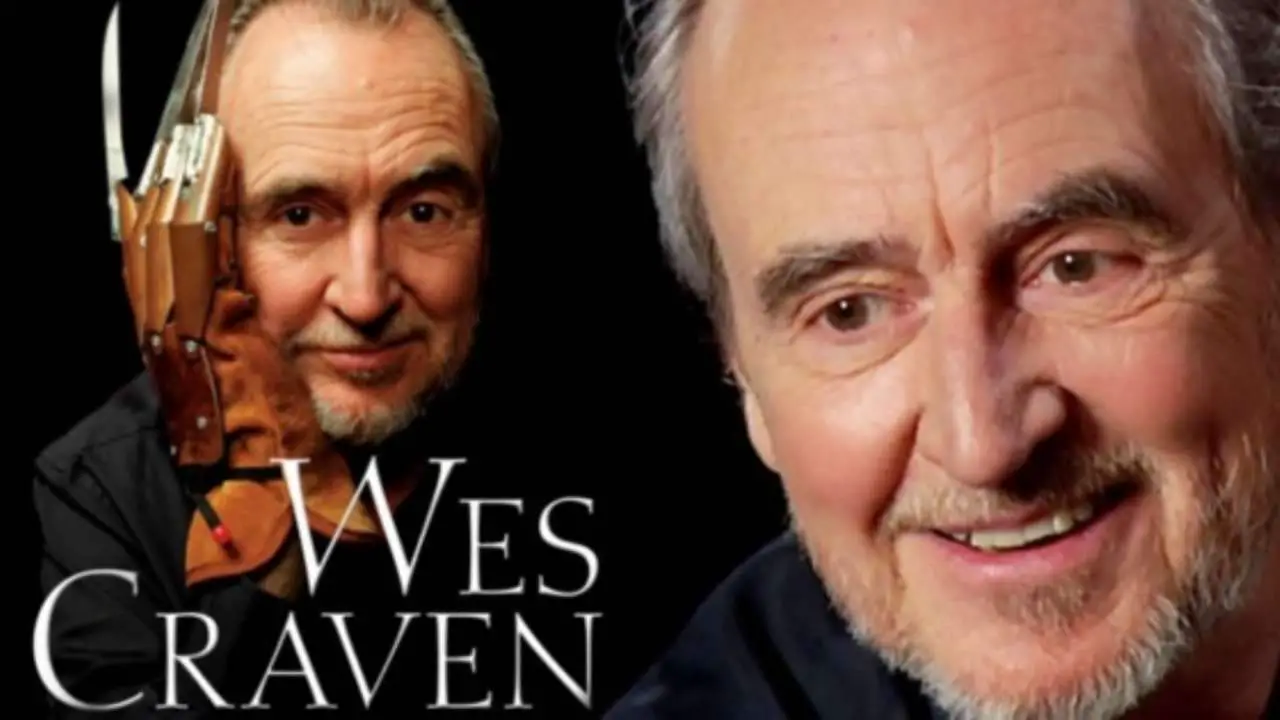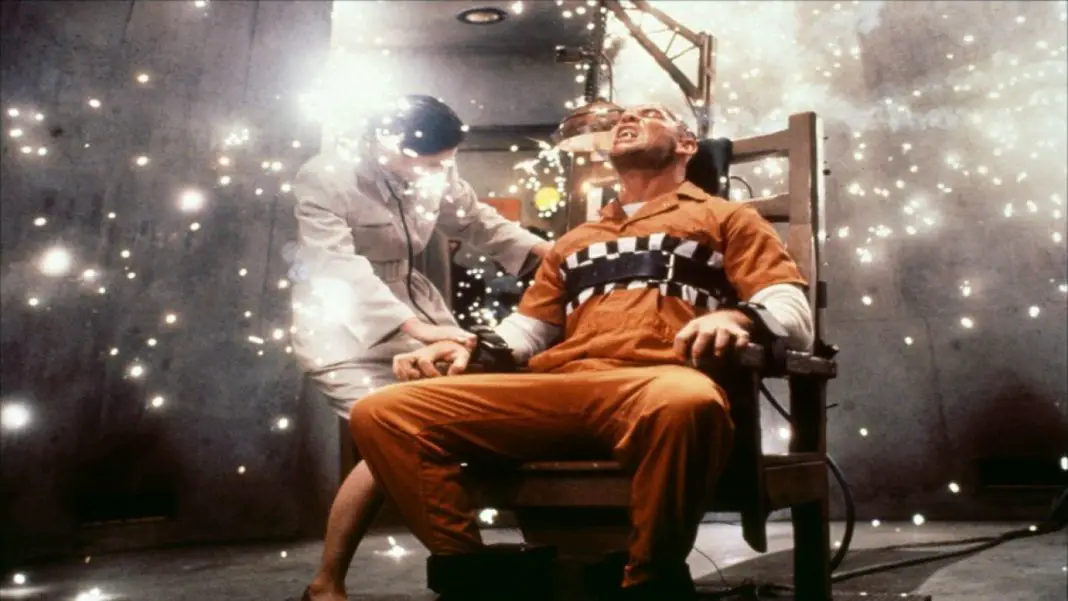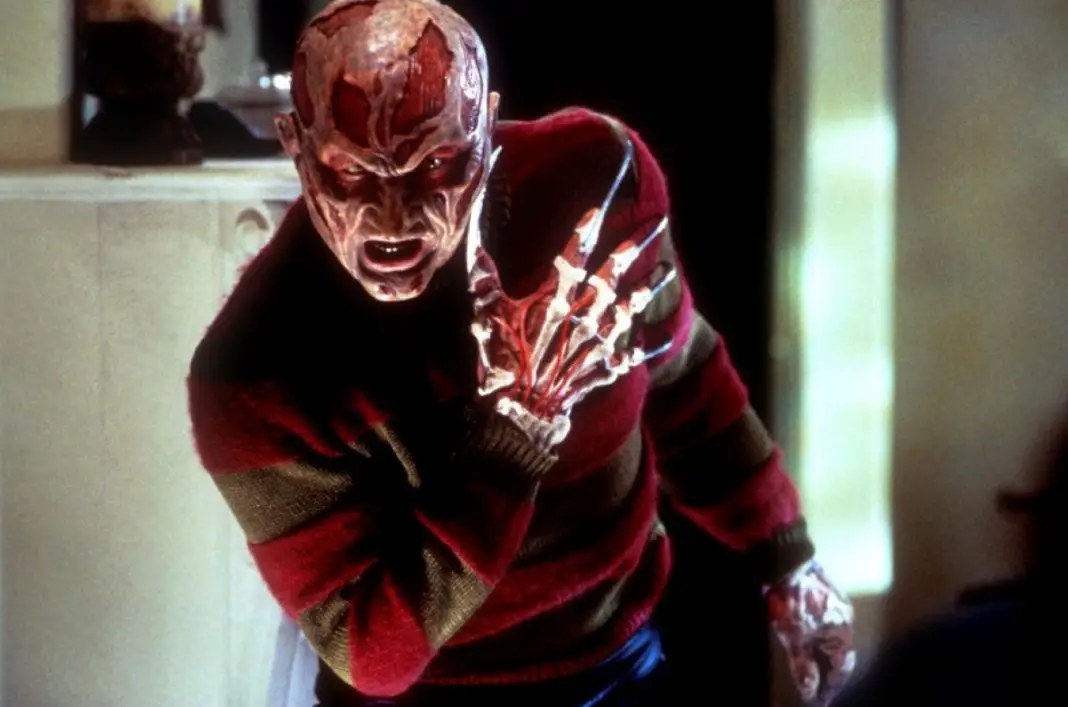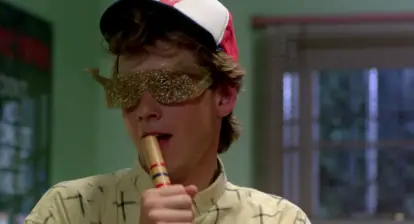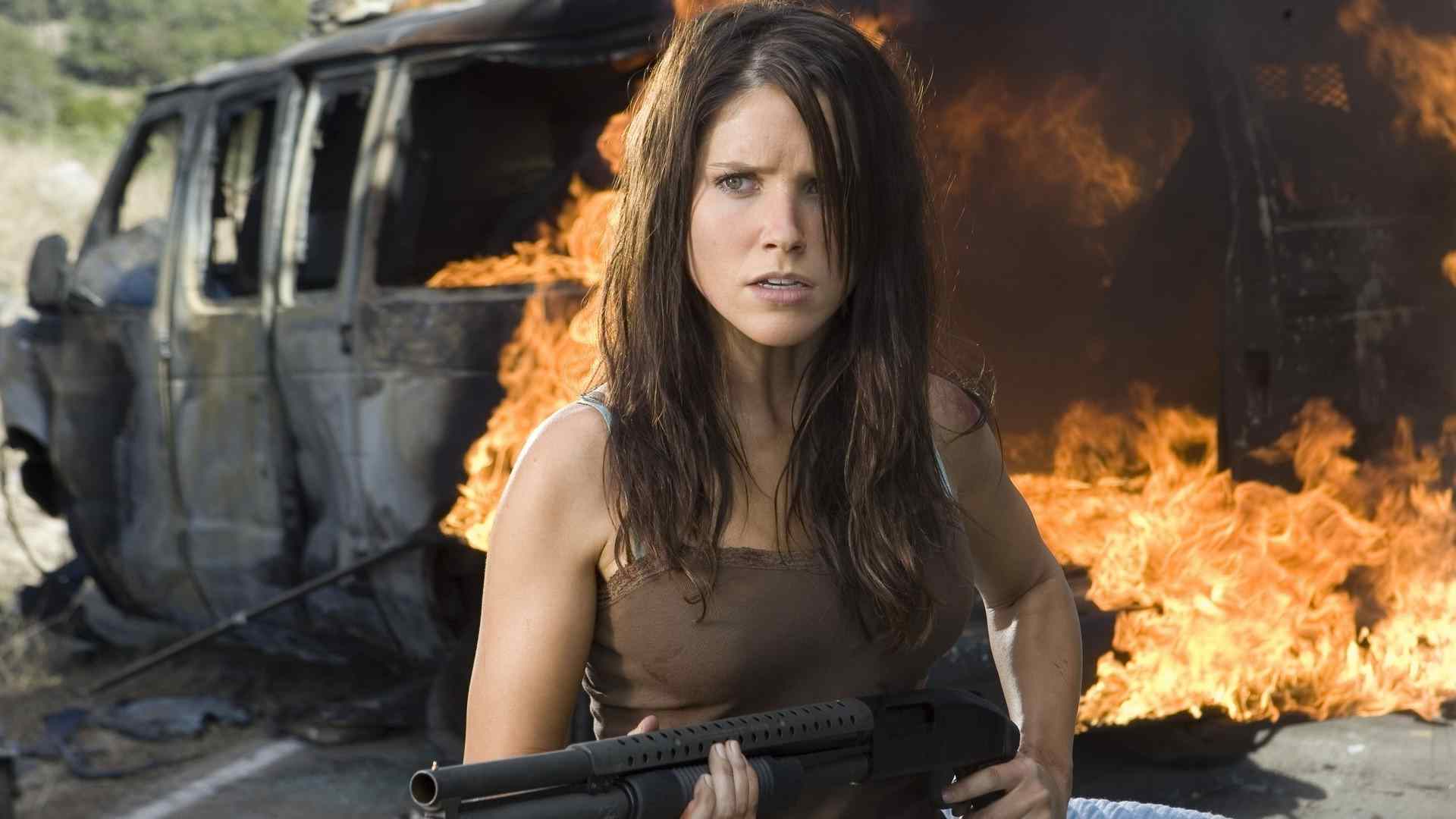Wes Craven was a quiet, kind man who made violently transgressive films. The writers he chatted with pointed out the seeming conundrum frequently in the new compilation, Wes Craven: Interviews. Tony Williams wrote, “Unlike his films, Wes Craven is a quiet, retiring youthful forty-year old” while Tom Seligson noted, “He’s so pleasant-looking, good-natured, and soft-spoken, it’s hard to imagine Craven as the director of two of the most violent films ever made.” It’s one of many recurring points in the book. The other, which is both noted by interviewers and apparent in his own words, is Craven’s brilliance.
He comments on being kind while creating violent films, explaining where his first hit, the downright nasty The Last House on the Left, came from. In 2009, he told the AV Club that, “I was very much influenced—and I think the whole country was kind of in a state of shock—for the first time seeing the horror and cruelty of war. Recently shot 16mm footage was coming back [from Vietnam] and appearing on television immediately.” His contention was that rather than inventing violence, he was channeling it from the outside world.
What makes his thinking even more fascinating is the way it changed. The interviews in the collection start in 1980, 8 years after TLHOTL was released, and throughout the book he’s asked what sparked that kind of violence repeatedly. His answer changes from a defensive one, to one of inner clarity. Over the course of forty years, his thinking evolves, and each interviewer who asks about the violence crystallizes a stage of Craven’s development. It’s apparent in these through lines what an excellent job Shannon Blake Skelton did curating these nearly thirty interviews from the hundreds Craven gave over the course of his career.
Another through line is the way Craven’s view of his own films change before and after they’re released. It’s hilarious because he’s game promoting films he must’ve known were bad before they’re released. Then afterwards he’s not always as kind with his words. The same goes for the way he talks about his producers.
After films are out, he talks openly about which scenes producers added and cut in a number of films. He rants about the MPAA and the cuts they forced him to make as well. At one point he relays an excellent story to Andrea Chase where he asked them, “What other art form do artists have to reduce the intensity?”
Related: New Nightmare Was a Sequel Ahead of its Time [Retrospective]
Wes Craven: Interviews is an invaluable resource. One of the best—and one of the most articulate—to ever make horror films talks openly about his philosophy and his craft. For fans, the book offers a window into what went into their favorite films, for creators, it shows how those films were made, and for scholars, it opens a window into why Craven made his films.
What are you waiting for? Stop reading me and start on the Craven you’ve been cravin’.
Wes Craven: Interviews by Shannon Blake Skelton was published by University Press of Mississippi and is available here.
Follow us on social media! Twitter, Facebook, Instagram, and Youtube.
